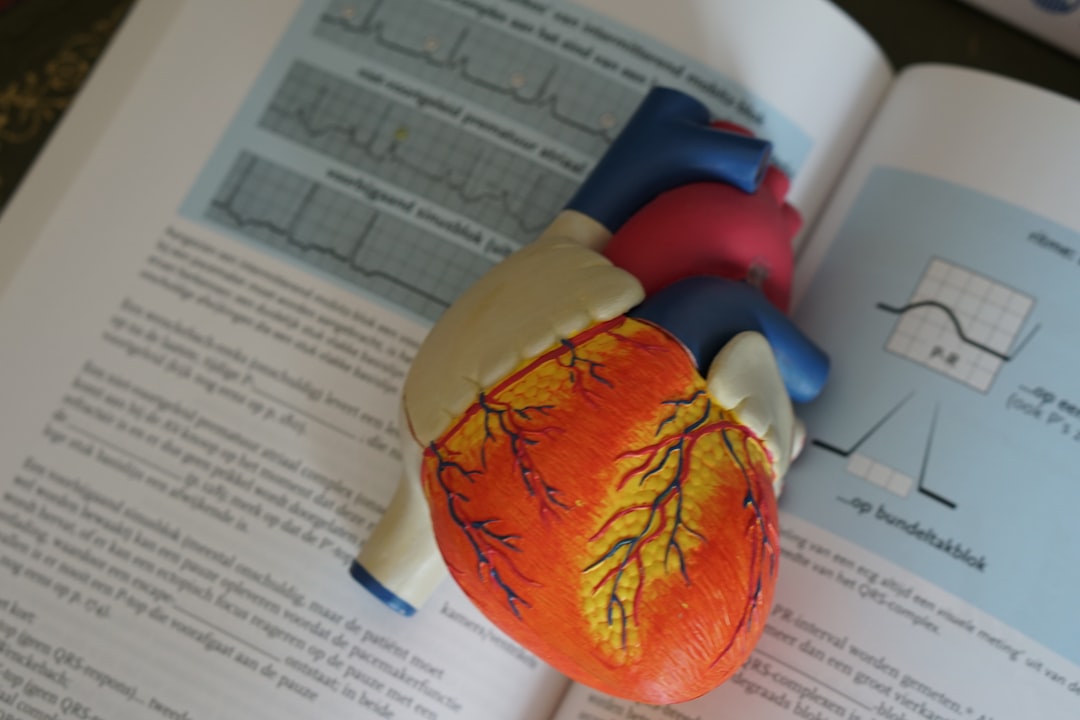What is it about?
Research shows that involving participants and those expected to deliver the intervention at an early stage aids the development of a strong intervention and increases the likelihood of success, effectiveness and sustainability. This approach has been used by the ACTIVE Project which was co-produced following discussions with teenagers regarding current activity provision in their area. It aimed to empower teenagers to make their own activity choices via a voucher scheme, peer mentoring and support worker engagement. The purpose of this paper is to explore what aspects of ACTIVE’s multi-component intervention (financial support, peer support, adult support), teenagers and local council perceived as strengths and weaknesses when promoting physical activity in teenagers in deprived areas. It also discusses what teenagers used the vouchers to do. These findings can help inform the direction and implementation of future activity enabling interventions and policies for teenagers and young people.
Featured Image

Photo by Rachel on Unsplash
Why is it important?
The lessons learnt from this project can help bridge the gap between what is promoted to teenagers and what they actually want from activity provision.
Perspectives
I hope this article makes people think more about involving people in research, particularly teenagers. They are often left out of many decision making activities and their involvement could improve the success of interventions.
Michaela James
Swansea University
Read the Original
This page is a summary of: What works best when implementing a physical activity intervention for teenagers? Reflections from the ACTIVE Project: a qualitative study, BMJ Open, May 2019, BMJ,
DOI: 10.1136/bmjopen-2018-025618.
You can read the full text:
Resources
Contributors
The following have contributed to this page










